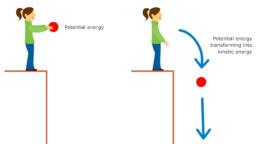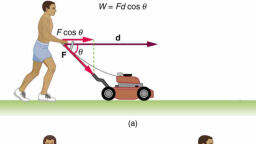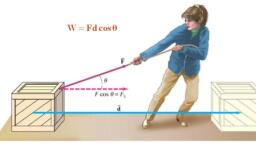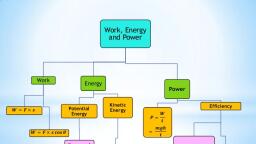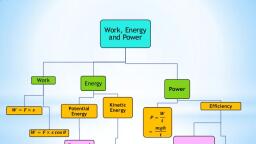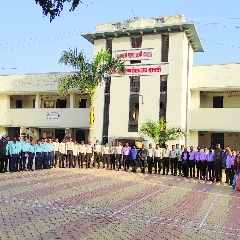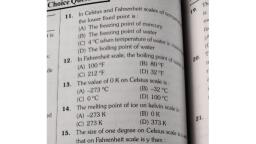Question 1 :
When a substance changes from one state to another, it absorbs or loses a large amount of heat without any change in temperature. What does this type of energy known as?<br>
Question 2 :
The wavelength of maximum energy released during an atomic explosion was $2.93\times {10}^{-10}m$. The maximum temperature attained must be :(Weins constant $=2.93\times {10}^{-3}mK$)
Question 4 :
The process which are subjected to action of heat in absence of air is called
Question 5 :
Which of the following mode of heat transfer involves movement of particles?
Question 8 :
I place two substances, 1 and 2 in contact with each other so that they exchange heat with each other only, until they come to the same temperature. The mass of substance 1 is twice as much as the mass of substance 2. The temperature change for substance 2 is three times as much as the temperature change for substance 1. How does the specific heat of substance 2 compare to the specific heat of substance 1?
Question 9 :
When a hot enclosure is viewed from a small opening in it, their radiations appear predominantly bright red. Now if a green glass piece is placed in the enclosure, then after some time, the glass piece will appear<br>
Question 11 :
The only liquid which is a good conductor of heat is-
Question 12 :
We have 20 Kg of a block of a substance at its melting point. The substance has a latent heat of fusion of 1500 Joules per kilogram and a specific heat at of 2500 Joules per kilogram degree Celcius. How much heat is needed to change the block entirely into a liquid?
Question 14 :
Assertion: For each ten degree rise of temperature the specific rate constant is nearly doubled.
Reason: Energy-wise distribution of molecules in a gas is an experimental function of temperature.
Question 16 :
Assertion (A): Two metallic spheres of same size, one of copper and other of aluminium heated to the same temperatures, will cool at the same rate when they are suspended in the same enclosure.<br>Reason (R): The rate of cooling of a body is directly proportional to the excess of temperature of the body over the surroundings.
Question 17 :
The latent heat of vaporization is ________than the latent heat of fusion. Fill in the gap.<br/>
Question 18 :
State whether the given statement is True or False.<br/>Most of the heat transfer that is taking place on the earth is by Radiation.
Question 19 :
If 10 g of ice at $0^\circ C$ mixes with 10 g of water at $10^\circ C$, then the final temperature t is given by<br>
Question 20 :
What is the name of the process of heat transfer using electromagnetic waves?

